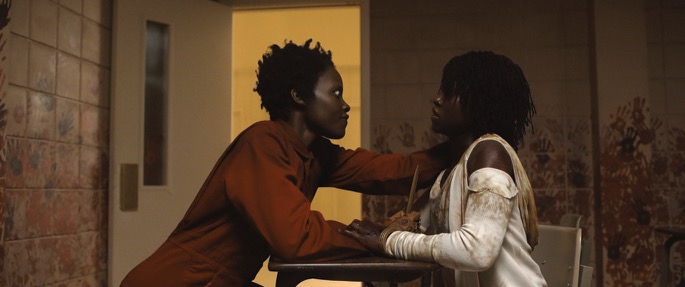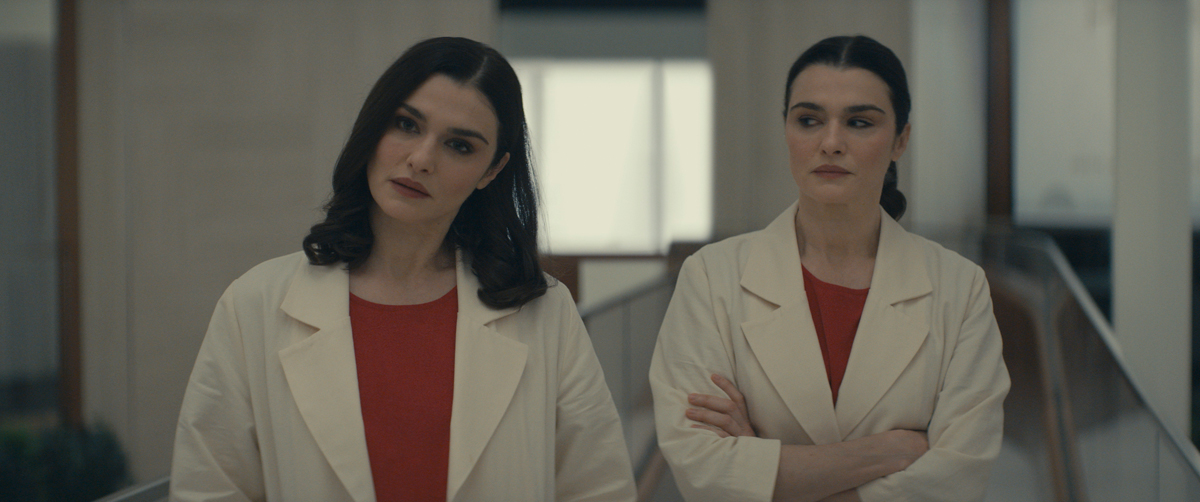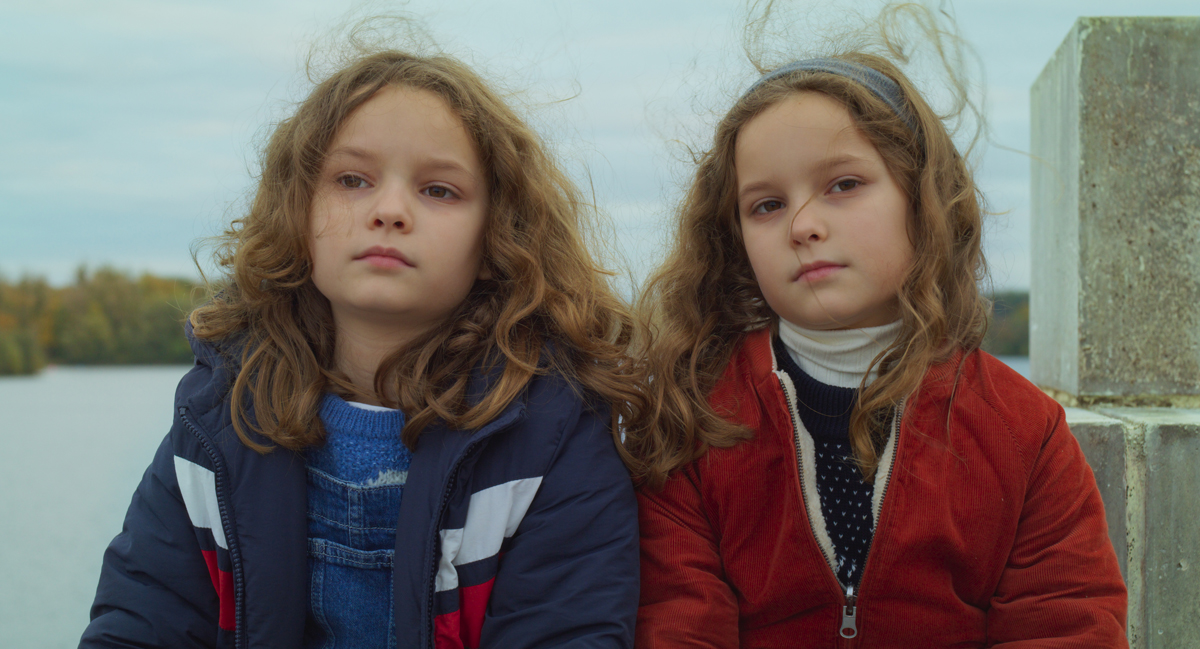 4 Columns
4 Columns
Twins for the win: three works starring doppelgängers ranging from the dangerous to the delightful.

Lupita Nyong’o as Red (left) and Adelaide Wilson (right) in Us. Photo: Industrial Light & Magic / Universal Pictures. © 2019 Universal Studios, all rights reserved.
“The double has become an image of terror, just as, after the collapse of their religion, the gods turned into demons,” Freud once wrote. Twins, doppelgängers, shadow selves: all have long haunted screens big and small.

Rachel Weisz as Elliot Mantle and Beverly Mantle in Dead Ringers. Courtesy Prime. © Amazon Studios.
Most recently, the limited series Dead Ringers on Amazon Prime updates and gender-flips the double protagonists of David Cronenberg’s 1988 movie of the same name—itself a fictionalized portrait of the real-life Marcus brothers, notorious New York City gynecologists and identical twins who were both found dead in their swank Upper East Side digs in 1975. Similar to Cronenberg’s film, in which Jeremy Irons plays both siblings, the latest Dead Ringers features Rachel Weisz in a dual role: she stars as Beverly, “the shy, maternal, social-justice twin,” Elvia Wilk notes in her review of the show, and as Elliot, “the masc, aggro, alcoholic twin, a science genius . . . whose own dream is to grow fetuses in tanks.” Contrasting the ’88 and ’23 versions, Wilk praises Cronenberg’s as “a stupendously unsettling body horror that breaks just about every taboo . . . showing how deeply creepy we find it when the filial, the sexual, and the medical mix.” But the series, despite brilliant performance(s) by Weisz, “manages to convert this perverted setup, which genuinely disturbs the liberal American sense of moral and legal order, into a confused op-ed about Women’s Issues.”

Madison Curry as young Adelaide Wilson in Us. Photo: Universal Pictures. © 2019 Universal Studios, all rights reserved.
The motif of doubling is more potent in Jordan Peele’s Us. In the prologue to this 2019 horror movie, a little girl, at an amusement park with her family, sometime in 1986, drifts off and enters a haunted house / hall of mirrors. “There she encounters, among her own image returned back to her multiple times, her double—a realization that prompts” a fathomless “look of fear on the girl’s face,” 4Columns film editor Melissa Anderson writes. “Formally, there’s nothing particularly novel about this setup and the girl’s response, which immediately calls to mind a similar reaction by the Big Wheel–riding moppet played by Danny Lloyd in Stanley Kubrick’s The Shining, the 1980 chiller that’s one of several horror touchstones Peele nods to,” she continues. “But the fact that it is a Black child who is so traumatized—by her own duplicate, no less—provocatively points to the pathologies upon which this country was built and that continue to sicken our ailing republic.”

Joséphine Sanz as Nelly and Gabrielle Sanz as Marion in Petite Maman. Courtesy Neon.
Yet twinning isn’t always so baleful. Céline Sciamma’s small-scale fantasy Petite Maman (2021) imagines an eight-year-old child meeting her mother at the same age. While playing in the woods one day, Nelly (Joséphine Sanz) encounters a girl who shares the name of Nelly’s mom, Marion—and who is played by Gabrielle Sanz, Joséphine’s twin. “Their meeting is easy, unsurprised,” Michelle Orange observes in her review of the film. “The magic of Petite Maman is the ease with which it depicts [Nelly and Marion’s] convergence, its solace a feat of willing imagination. If we are amenable, the past and the past selves of those we love most are available for conversation, camaraderie, goodbyes that look a lot like full-armed hellos.” In other words, not an image of terror but one of consolation.